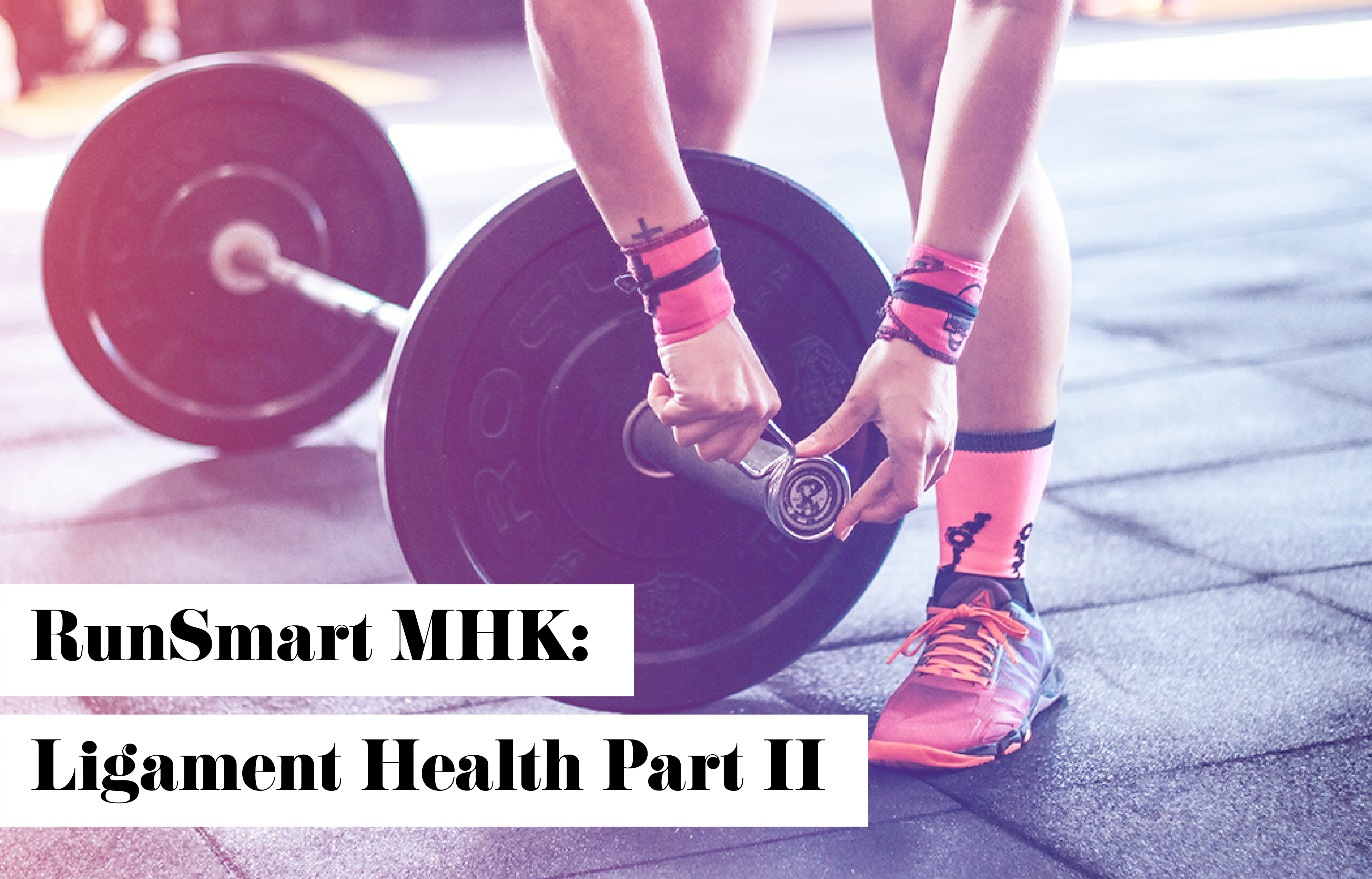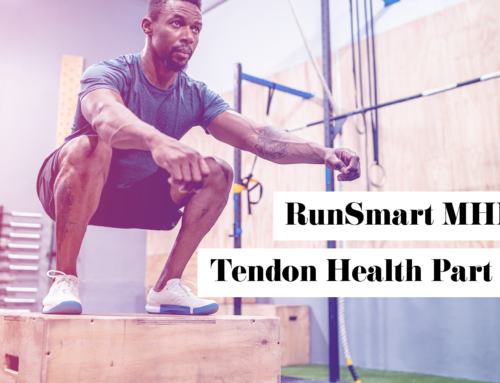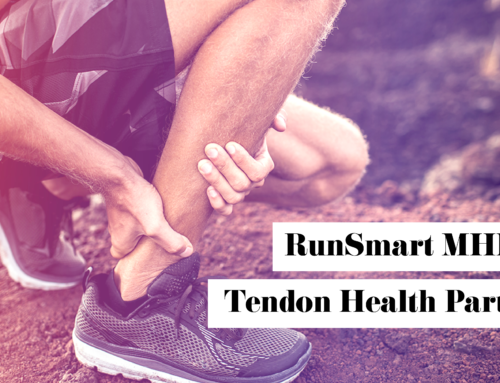Ligament Health Part II
Brenton Leighow, MS, CSCS, GFS,
Maximum Performance Personal Trainer
As we mentioned in our last post, ligaments seem to be best stimulated by high forces. In this post, we’ll show you two examples of ligaments responding best to high forces; one dealing with soccer and the other with weight lifting at a young age.
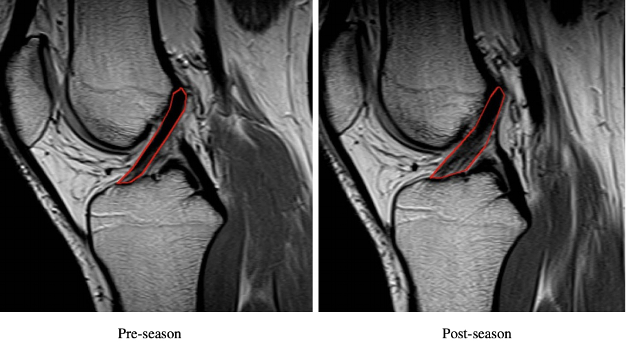 The reactions needed for ligament growth are achieved through an external load. External load doesn’t just refer to resistance training; it can come in the form of changing directions, jumping, sprinting or kicking. A 2019 study of 17 female Division-1 collegiate soccer athletes showed a significant ligament volume increase from preseason to postseason (3). The ligament growth shown in this MRI is likely due to microtears and varying external loads placed on the ACL during the season, which could have happened while the athletes were jumping, cutting, kicking or weight training. Documentation shows that we can experience 6 to 8 times our bodyweight while we’re performing these and similar activities. This ligament growth in such a short period of time is very encouraging to see when you think about adaptations and the stability that comes with increased ligament size. While we’re running, we place all of our trust in our ligaments to hold our bones together. You can see small ligament strength increases while participating in your general running regimen. However, you’ll plateau at a given point if something else isn’t added.
The reactions needed for ligament growth are achieved through an external load. External load doesn’t just refer to resistance training; it can come in the form of changing directions, jumping, sprinting or kicking. A 2019 study of 17 female Division-1 collegiate soccer athletes showed a significant ligament volume increase from preseason to postseason (3). The ligament growth shown in this MRI is likely due to microtears and varying external loads placed on the ACL during the season, which could have happened while the athletes were jumping, cutting, kicking or weight training. Documentation shows that we can experience 6 to 8 times our bodyweight while we’re performing these and similar activities. This ligament growth in such a short period of time is very encouraging to see when you think about adaptations and the stability that comes with increased ligament size. While we’re running, we place all of our trust in our ligaments to hold our bones together. You can see small ligament strength increases while participating in your general running regimen. However, you’ll plateau at a given point if something else isn’t added.
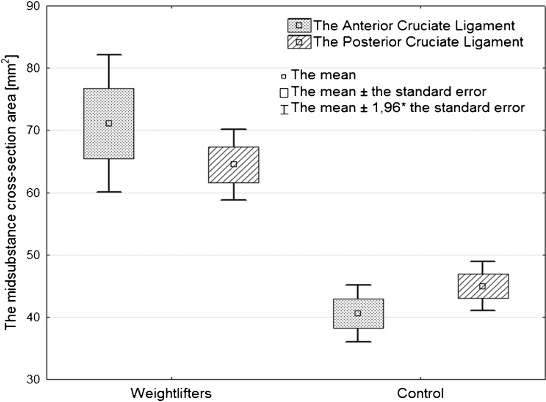 There are many studies dealing with ligament strength in relation to strength training. One of these, a 2012 study that looked at ACL and PCL sizes (4), compared 19 weightlifters with matching ages, heights and weights with 19 non-weightlifters. None of the participants had any past knee injuries. The study examined the size of the ACL and PCL in both groups, and the image shown here shows the results. They show that the weightlifters had significantly larger ACLs and PCLs than the non-weightlifters, confirming the role that resistance training plays in ligament size. The results of this study and others like it seem to limit the possibility of a person experiencing a ligament injury if strength training is included in his or her running regimen.
There are many studies dealing with ligament strength in relation to strength training. One of these, a 2012 study that looked at ACL and PCL sizes (4), compared 19 weightlifters with matching ages, heights and weights with 19 non-weightlifters. None of the participants had any past knee injuries. The study examined the size of the ACL and PCL in both groups, and the image shown here shows the results. They show that the weightlifters had significantly larger ACLs and PCLs than the non-weightlifters, confirming the role that resistance training plays in ligament size. The results of this study and others like it seem to limit the possibility of a person experiencing a ligament injury if strength training is included in his or her running regimen.
Besides injury prevention, stronger ligaments can lead to an increased running economy. This may sound like a pretty far stretch, but it really isn’t! A weak ligament will give in to pressure easily, just like a weak muscle. By strengthening your ligaments, you’ll see an increased stiffness in your bone-to-bone connections (meaning less energy leaks in your foot strike and push off). There are over 20 ligaments in your ankle and foot combined. Each one is designed to make slight movements so your bones can handle different foot strike angles. Weak ligaments can lead to two different things, the first being a ligament sprain or rupture. This has a long recovery process, and we’ll talk more about that later. Second, weak ligaments can cause energy leaks, which decrease your running economy by absorbing the energy produced by your muscle contractions. A stronger ligament won’t absorb as much energy. Instead, it’ll transfer more of that energy into the bones contacting the ground, leading to higher ground forces and an improved running economy.
To wrap this post up, we don’t need ligament sizes similar to the ones of the weightlifters in the study previously mentioned. But it is important to have larger ligaments than those of the non-lifters. Just remember that the stronger your ligaments are, the greater your transfer of muscle force in the ground will be.
Join us for the next blog posts about tendon health and how it relates to your running performance!
Citations
- “Effects of season long participation on ACL volume in female intercollegiate soccer athletes”
Karen M. Myrick1, Andreas Voss2,3*, Richard S. Feinn4, Thomas Martin5, Bernadette M. Mele5 and Juan C. Garbalosa5 - “Hypertrophied Cruciate Ligament in High Performance Weightlifters Observed in Magnetic Resonance Imaging”
Piotr Grzelak,1 Michal Podgorski,1 Ludomir Stefanczyk,1 Marek Krochmalaski,3 and Marcin Domzalski

